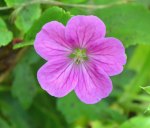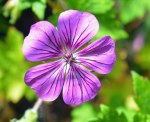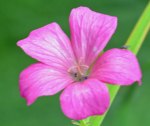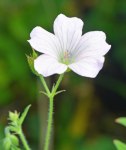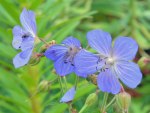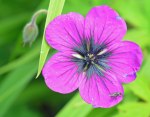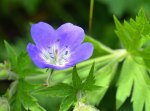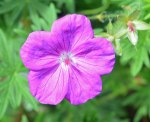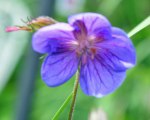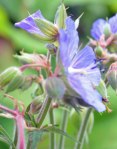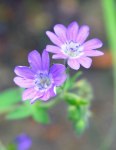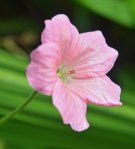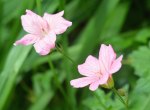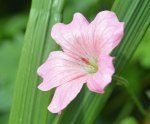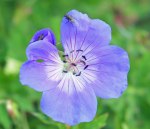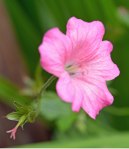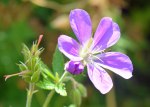Here we are moving into the second half of our gardening year, with my journal entries for July. By the time I had recorded all the entries for July My Garden Journal 2016 was full, so Volume 2 will begin with my August entries.
“July, being well into summer, should be great month for the garden, the gardener and gardening. We should be able to look forward to long, warm and bright days to give us time to work in the garden and relax in it too. Relaxing in their own gardens is a skill many gardeners find hard to acquire. The weather put paid to any idea of sitting comfortably on any of our garden seats dotted around our garden rooms.

Looking back at my Garden Journal 2014 for the first week of July I wrote, “Wet and windy start to July” so things were exactly the same in 2014 and 2016.
Luckily after the first week this year the weather warmed up and the rain retreated.”
Turning the page in my journal I moved on to look at hardy Geraniums.

“The hardy Geraniums in our patch seem happy enough with our July weather. Our favourite is probably Geranium palmatum.

“We have been planting hardy Geraniums in our garden since we moved here. I decided to take my camera out to see how many different ones were flowering in early July. We were in for a big surprise!” Below are 4 examples, but there are so many more!”




Turning over we find a double page spread of Geranium photographs and among them the phrase, “Pink is the colour!”















Over another page and a third page of photos of Geraniums appears but this time featuring blue flowered cultivars, with the phrase, “….. and a few shades of blue.”
“I found over 20 different Geraniums in flower at that moment but we have others flowering earlier and later. We never dreamed we had so many.They are a good reliable and colourful family of hardy perennials.”






There are so many hardy Geraniums flowering in our July garden I thought it would be interesting to present a gallery for you to enjoy. Click on the first photo and then use the arrow to follow your way through the gallery.
On the opposite page to the blue Geraniums I move on to consider one of the brightest flowers in the July garden, Lychnis coronaria.
“In July one of the brightest flowers in our garden borders are the cerise gems, Lychnis coronaria. They work well in many combinations with other plants despite their extreme brightness of colour. They make white look extra pure and clear, they sparkle with orange and sit comfortably with every shade of green foliage. Their own foliage is a soft, furry grey.”




Over the next page I continue looking at Lychnis coronaria with the emphasis on the flower colour and the subtle variations among them. Among my selection of photographs to show the colour of the foliage and the variations in cerise itself I include the phrases,
“Silver-grey foliage” and “Variations of the theme of cerise!”











Opposite this page of cerise beauties I feature a more subtle variation on the pink theme, as I found another Lychnis we grow, this one being Lychnis chalcedonica “Salmonea” and just like the coronarias their colours vary.
“We grow another perennial Lychnis which also displays pink flowers. These blooms though are not of the brightest cerise but a much more subdued dusky salmon. This plant is Lychnis chalcedonica “Salmonea” and just like the coronarias the flower colours vary but more gently so.”



The final four pages in my journal entries for July are all about one of the grasses families, the Carexes. I set myself the difficult challenge of painting 6 different varieties, concentrating on the flower and seed heads. A very big challenge indeed as it turned out!

“We love grasses and use them in almost every border where they enhance flowering perennials as well as adding their own particular charm, their movement, sound and structure. We particularly love two families, Miscanthus and Carex. In July our many Carex are in full flower and they have distinctive characteristics.”







Volume One of my Garden Journal 2016 finishes with the words, “It is good to finish Volume One of my Garden Journal 2016 with such a challenge, drawing and painting six different Carex flowers and seeds. In Volume Two I will begin with my report and photographs for August and maybe a little painting or two. I might even be tempted to draw and paint some of our other grasses.”



































































































































































